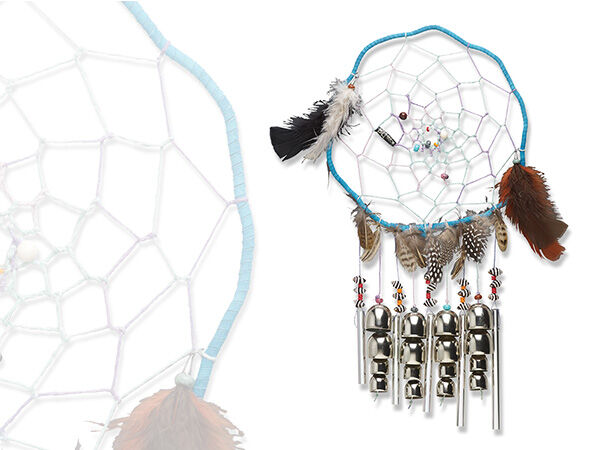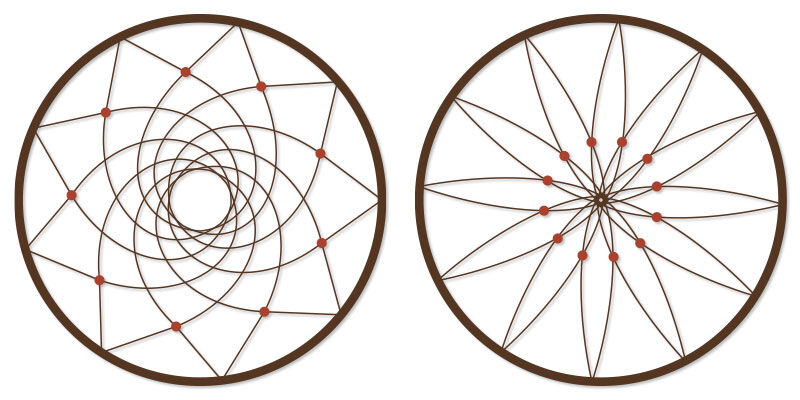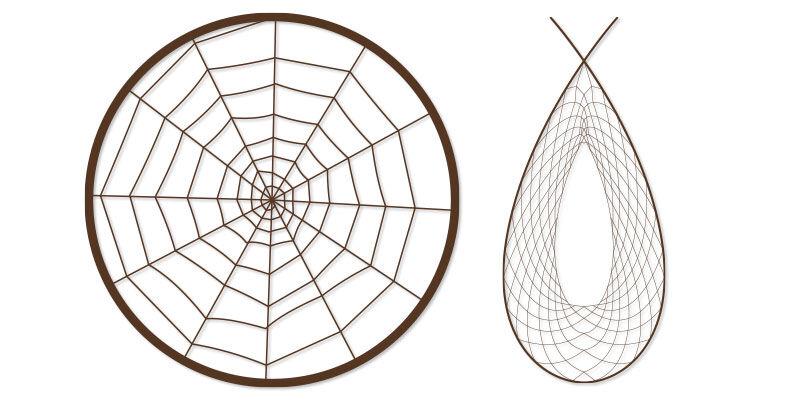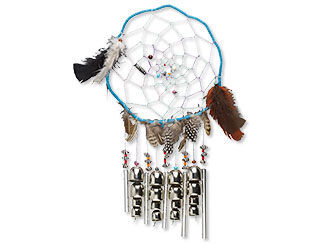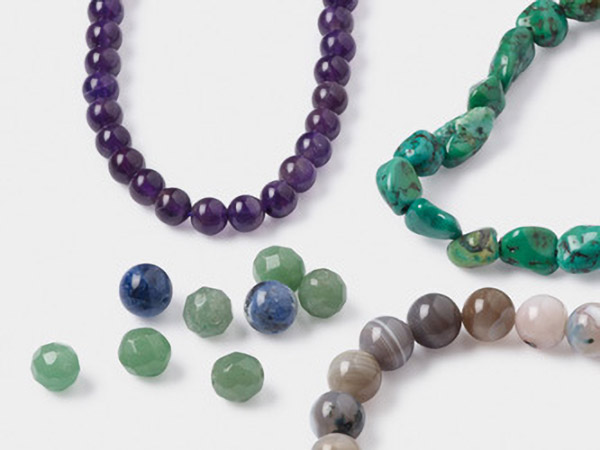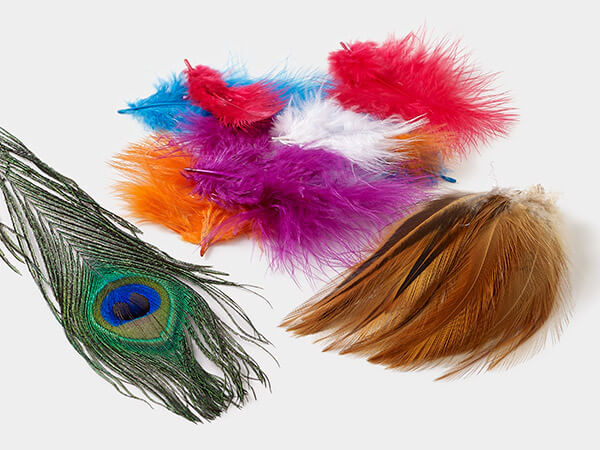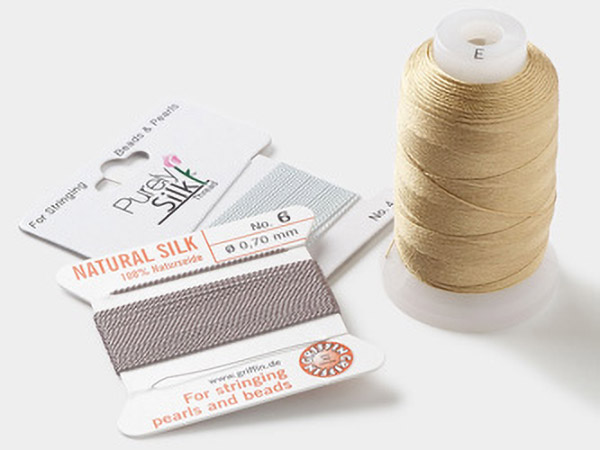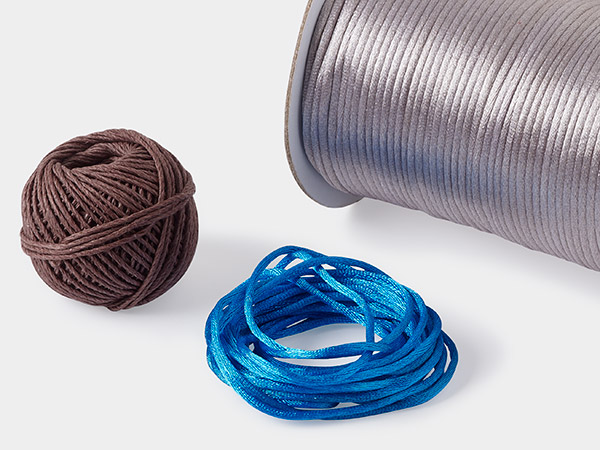The Dream Catcher
The dream catcher is one of the most widespread symbols of generalized Native American culture and is commonly believed to protect sleepers by "catching" bad dreams in its iconic hoop-and-web form.
The Ojibwe Legend
The creation of the dream catcher is widely credited to the Ojibwe nation, also known as the Anishinaabe or Chippewa depending on the region.
The details of the story vary slightly, as many oral histories do. The core mythos tells the story of Asibikaashi, the Spider Woman. She is both a mother figure and protector of the Ojibwe people, especially children. As they spread over a larger geographical region, it became difficult for her to protect them all. To help extend her protective reach, the Ojibwe people shaped willow into hoops, tied a symbolic web of nettle-stalk or sinew in its center and added feathers near the web's heart. These hoops acted as defensive talismans, became a proxy for Asibikaashi's protection, and preceded what we now call "dream catchers."
The Ojibwa tribe believes that the night air is filled with dreams, both good and bad. The dream catcher attracts and catches them all. Good dreams are allowed to pass through the sacred hoop and down the feather to comfort the slumbering soul below. Bad dreams are caught up in the net and destroyed in the light of day. Because of this, dreamcatchers traditionally must be hung above the bed in a place where morning sunlight can touch them.
Other Dream Catcher Stories
The creation of the dream catcher is widely credited to the Ojibwe nation, also known as the Anishinaabe or Chippewa depending on the region.
As trade and intermarriage increased among the western tribes, the Anishinaabe dream catcher legend permeated other indigenous cultures. For example, to the Lakota, dream catchers represent "the web of life," with its many good and bad choices. They also have their own dream catcher story featuring a trickster god, Iktomi, who often took the form of a spider and spun the first dream catcher for a spiritual leader. The Lakota hang dream catchers to sift their dreams. The good ideas are secured on the web while the bad ideas drift out and away through the central hole, leaving the dream catcher's owner unharmed.
During the Pan-Indian movement of the late 20th century, many tribes sought cultural stability. The dream catcher was widely adopted as a symbol of cultural unity and identification for many native peoples.
Symbolic By Design
Nearly all parts of the dream catcher have meaning and vary depending on the tribe, age and needs of the owner. For instance, an adult dream catcher is made with a rigid ring and woven materials that reflect the personality and nature of the owner. A child's is traditionally made using a freshly cut willow branch. The willow represents the fleeting years of youth because as the branch dries, the webbing becomes loose and the dream catcher eventually collapses.
Hoop: Often made of natural materials such as willow, the hoop is either circular or teardrop in shape. It acts primarily as a frame for the web but can also represent the circle of life and its natural cycles, like the journey of the sun and moon across the sky.
Web: The "web" is traditionally patterned after a spider's web and made of nettle, sinew or other naturally sourced thread. The number of points where the thread touches can also be symbolic. For the Ojibwe thirteen points represent the phases of the moon, eight for the Spider Woman's legs, seven for their prophesies, six for the eagle, and five for a star. Cherokee dream catchers have a more elaborate design, and the importance of numerology is represented by the interlocking circles.
Feathers: The feather has multiple functions. Many believe they provide a soft ladder for good dreams to glide down and gently enter the dreamer's mind. Others believe it teaches the wisdom and importance of good air. Four owl or eagle feathers were often used to represent the four winds, but since the use of these feathers is restricted, the feathers of other large-feathered birds are now used.
Beads and Gemstones: A single bead can represent the Spider Woman or the individual spider that made the web. Attaching many beads may represent trapped good dreams or replace the symbolic use of feathers. It is also thought that adding beads near the center hole can camouflage it and confuse nightmares.
Arrowheads: Used for increased strength and protection as well as a symbol to indicate the four corners of the earth and the directions of the winds.
Appreciation vs Appropriation
While many find dream catchers beautiful and their symbolism compelling, others feel that their use outside of Native culture is a form of cultural appropriation. Especially when non-Natives profit from the sale of Native-inspired crafts.
This doesn't mean non-Natives can't appreciate and display Native-made arts and crafts like dream catchers. Just remember to do so in a way that respects the history and culture behind the craft and recognizes the artisan.
Shop for Your Materials Here:
Have a question regarding this project? Email Customer Service.
Copyright Permissions
All works of authorship (articles, videos, tutorials and other creative works) are from the Fire Mountain Gems and Beads® Collection, and permission to copy is granted for non-commercial educational purposes only. All other reproduction requires written permission. For more information, please email copyrightpermission@firemtn.com.
**Please note that all metaphysical or healing properties listed are collected from various sources. This information is offered as a service and not meant to treat medical conditions. Fire Mountain Gems and Beads® does not guarantee the validity of any of these statements.
